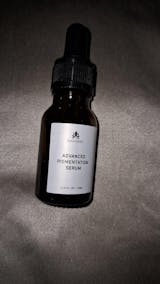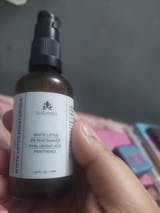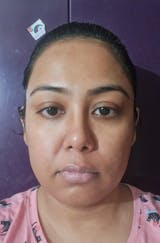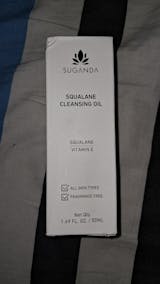Many people panic if they see one acne bump on their skin. To be honest, acne is natural and common now. All it needs is the right treatment at the right time. There is nothing to worry about, as there is a solution for every problem. As some people suffer from oily, acne-prone skin. In this case, the first and foremost step is to control oil, as excessive oil will result in acne-prone skin. This article is curated with all such information for oily acne-prone skin.
What is acne?
Acne is divided into several categories. Several types of acne differ from person to person as per their skin type. According to scientific investigations, acne is divided into several categories, but the two primary categories that provide a simple understanding of acne are:
- Non-Inflammatory
-
Inflammatory
Non-Inflammatory:
Non-inflammatory acne is one of the most common and easily identified types. This category of acne gives signs of clogged pores that also look like blackheads and whiteheads.
Blackheads simply have a dark appearance, whereas whiteheads are tiny bumps on the skin.
Inflammatory:
This term "inflammation" means something is flaming on the outer layer of the skin. It has a red and robust appearance. The acne we find in this category is known as papules and pustules.
Papules are nothing but small red bumps on the skin, while pustules mean the bumps contain pus. If papules cannot be treated on time, they could turn into pustules.
In severe cases of inflammation, the skin gets covered with nodules and cysts. These are the most irritating and painful pimples as they are deeply rooted in the skin.
Who does acne affect ?
Acne-prone skin is a concern for most people, not just teenagers, but adults also suffer from such issues. According to research, this acne-prone skin is hitting 80–90% of teens, and 54% of adult women also suffer from severe breakouts. Medically, it is believed that acne conditions are chronic and can be faced in the long term.
Acne shifts from one variant to another and can become more severe with time. When acne leaves your skin, sometimes it leaves the skin with blemishes such as dark spots and acne scars.
Causes of Acne
Acne vulgaris is natural and can happen to anyone at a certain point. It could be because of hormones, oil, or bacteria. Sebum production plays a vital role in this process. Sebaceous gland is a small pipe looking gland that produces sebum, a lubricating oily substance into the hair follicles to lubricate the skin and hair.
It all depends on the amount of sebum production. If sebaceous glands produce more sebum, it will result in oily, acne-prone skin.
When sebum production is balanced, the skin looks normal. If it is low, it will become dry and can induce acne. At this stage, your skin needs hydration because when the amount of sebum goes down it means that the skin is getting dehydrated. To prevent the loss of hydration it becomes important to use water based serum like Hyaluronic acid that provides intense hydration to the skin and moisturises it.
Other then that, puberty, menstrual cycle, pregnancy, hormonal imbalance, and menopause are all common causes of oily acne-prone skin.
People nowadays are very conscious of their skin and want something genuine and authentic that works for their skin. Acne-prone skin can be easily handled if a person has patience and the right advice on products.
Treatment for oily, acne-prone skin
Here are the steps that you can follow to deal with oily, acne-prone skin.
It is always necessary to keep a facewash with you. No matter what your skin type is, a cleanser is necessary to use twice a day. It is important because your skin gets free from all the dirt, oil, toxins, and bacteria that cause acne and irritation. An acidic, low pH facewash is good for every skin type because our body is also acidic.
Moisturiser is one of the most important items in your skincare regimen. People with oily, acne-prone skin are always careful not to lose moisturiser from their skin. Oily skin needs equal moisturisation as compared to other skin types. Oily skin is a tough one to cure because of its excessive oil. Hence, every moisturiser cannot suit the skin. Hence, if your moisturiser contains white lotus in it, then you are on one of the right paths as it incorporates several benefits.
- Incorporate salicylic acid and niacinamide into your skin routine
Oily skin is greasy and shiny, and sometimes it comes with excessive oil, blackheads, and whiteheads. It happens when the pores get filled with the dead skin. Salicylic acid helps in penetrating the pores and removes dead skin.
Niacinamide comes with multi-benefits. It is an extract of vitamin B3, which is also known as niacin. For skin health, Niacinamide plays an important role. Hence, one can incorporate these two acids into their skincare regimen for an effective result.
Last Words
At present, there are several options to treat acne, such as taking proper medication from a dermatologist or using products that are suitable to your skin.
Acne-prone skin can be recovered if a person is ready to apply the products without fail. Skincare products require a proper routine to follow. Treating your skin with patience is the first step towards dealing with oily, acne-prone skin.
Sources:
https://www.aad.org/public/diseases/acne/derm-treat/treat
https://www.ncbi.nlm.nih.gov/pmc/articles/PMC5605215/
https://www.jandonline.org/article/S2212-2672(12)01923-5/fulltext


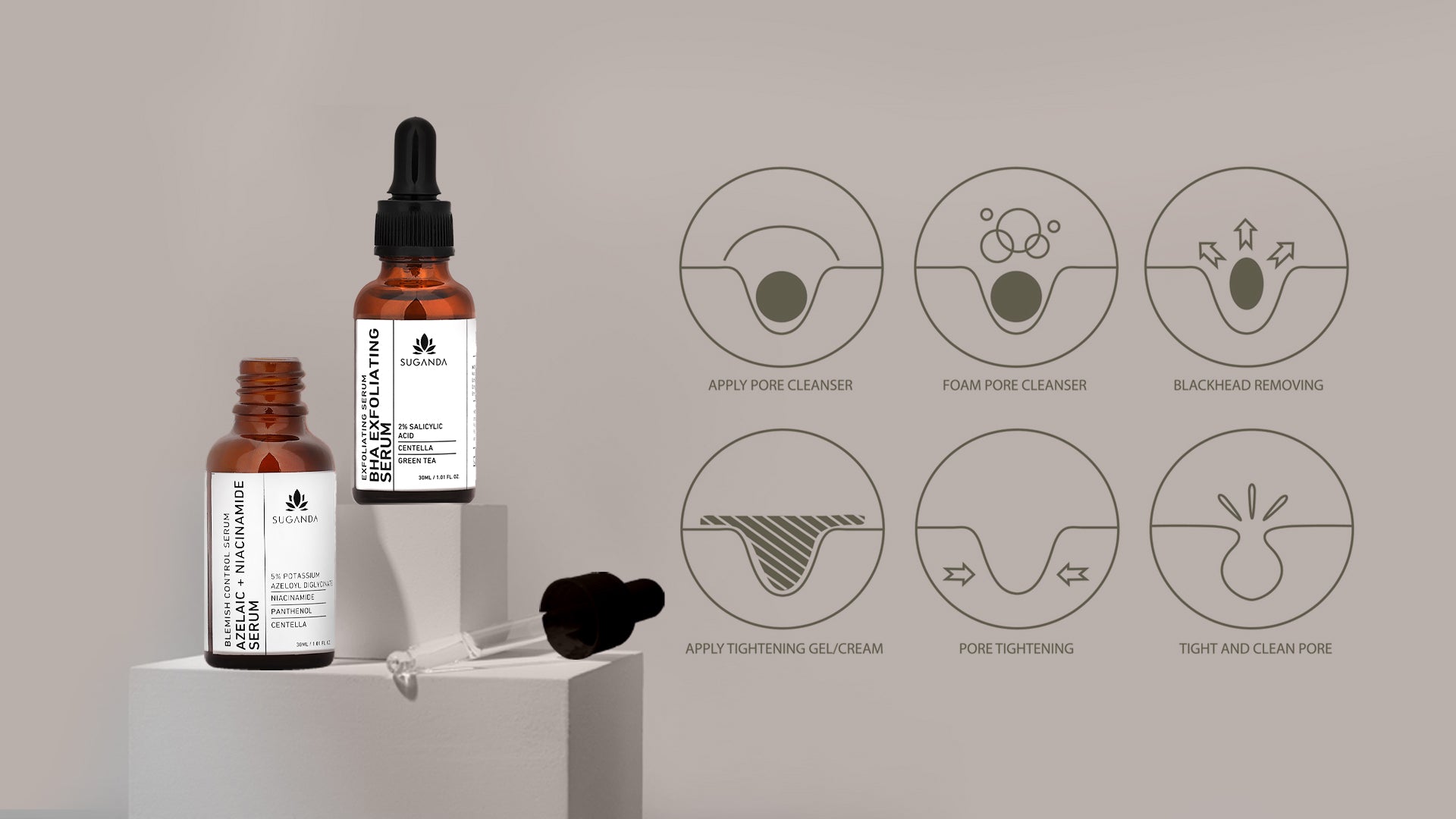




 +91 9347578980
+91 9347578980